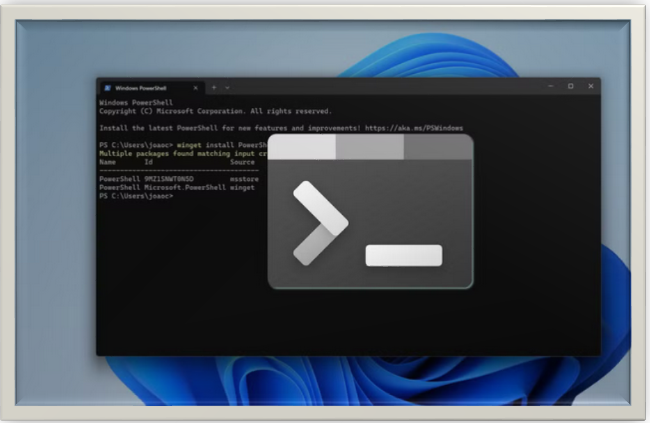FIVE EASY WAYS TO CHECK IF A FILE EXISTS IN WINDOWS POWERSHELL
Discover five effective methods to check if a file exists in Windows PowerShell. Enhance your scripting skills with these practical PowerShell tips!

INTRODUCTION
PowerShell can be a useful tool for managing Windows systems, and you’ll often deal with files. However, how can you find out if a specific file is on your computer? In this user-friendly tutorial, we'll guide you through five fundamental techniques to determine whether a record exists in Windows PowerShell so that you may manage data with confidence.
Why is it important to check if a file exists?
Before jumping right into the tactics, let's review why it's so important to check if a file exists. As you write scripts, automate tasks, or conduct troubleshooting, knowing if a file is present before performing actions on it helps you avoid mistakes and ensure that commands are executed without a hitch. This knowledge is particularly helpful for tasks like managing backup, file manipulation, and maintaining the system.
First Method: Making Use of Test-Path Cmdlet
The standard method for verifying file existence. It is simple and instructs PowerShell to verify if a path links to a file. This is how to make use of it:
- Open PowerShell: To launch Windows PowerShell, press the “Windows key” start typing "PowerShell" and press “Enter”.
- Enter Command: Type the following command in the PowerShell window and hit Enter:
'''
Test-Path “C:\path\to\file.txt
'''
The entire command can be copied and pasted, replacing the file path with your own.
- Decipher the results: Test-Path will return "True" in the unlikely event that the file exists. Should this not be the case, "False" will be returned.
This tactic is perfect for simple checks in the unlikely event that a file exists.
Method 2: Using the Get-Item Cmdlet
This tactic attempts to retrieve the file as an item. If the file is available, it provides details about it. This is how it operates:
- Enter Command: Enter the following command in the PowerShell window and hit Enter:
'''
Get-Item “C:\path\to\file.txt” -ErrorAction SilentlyContinue
'''
In the unlikely event that the file is missing, the “-ErrorAction SilentlyContinue” part ensures that the command does not make any errors.
- Interpret results: Get-Item will display information roughly corresponding to the file if it is present. If not, an error message will be returned.
Utilize this technique if you're interested in seeing more details about the record.
Method 3: Using [System.IO.File]::Exists
- Enter Command: Enter the following command in the PowerShell window and hit Enter:
'''
(System.IO.File)::Exists("C:\path\to\file.txt")
'''
- Interpret result: This method will display information about the file if it exists. Otherwise, it will return an error message.
This method is used if you want to see details about the file if it exists.
Method 4: Using Test-Path with wildcards
- Input Command: Enter the following command in the PowerShell window:
'''
Test-Path "C:\path\to\folder\
'''
- Decipher Outcome: Test-Path will return "True" in the unlikely event that a record is found in the specified folder. It will return “False" in the unlikely event that the folder is empty or does not exist.
Method 5: Using the Get-ChildItem Cmdlet (Checking within folders)
This method can be used to look for a specific file. It is commonly used to list files within a folder. This is the strategy:
- Type the command: Type the following command, replacing the file path, inside the PowerShell window:
'''
Get-ChildItem -Path "C:\path\to\folder" -Filter "your_file.txt" -ErrorAction SilentlyContinue
'''
Substitute "your_file.txt" with the actual filename that you are attempting to locate.
- Examine the Outcome: Hit the Enter key. If the file is present in the designated folder, PowerShell will show it. There won't be a yield if not.
This tactic is helpful if you know that the file is included in a certain folder.
CONCLUSION:
Verifying whether a file exists in Windows PowerShell may be an essential skill that helps you do various tasks correctly and efficiently. Novices can expedite their PowerShell scripting experience and verify the existence of files by mastering any one of the five ways outlined in this guide. So, being able to use PowerShell to verify the existence of files could prove to be a useful skill to have in your toolbox, regardless of whether you're managing files, automating tasks, or troubleshooting issues.
Thanks for reading.
If you like the article, consider sharing and subscribing. ;)




